Why Dulwich is the perfect home for families
Green, pleasant and equally endowed with great schools, magnificent parks and fabulous museums, this south-east London village is a fantastic place to live.
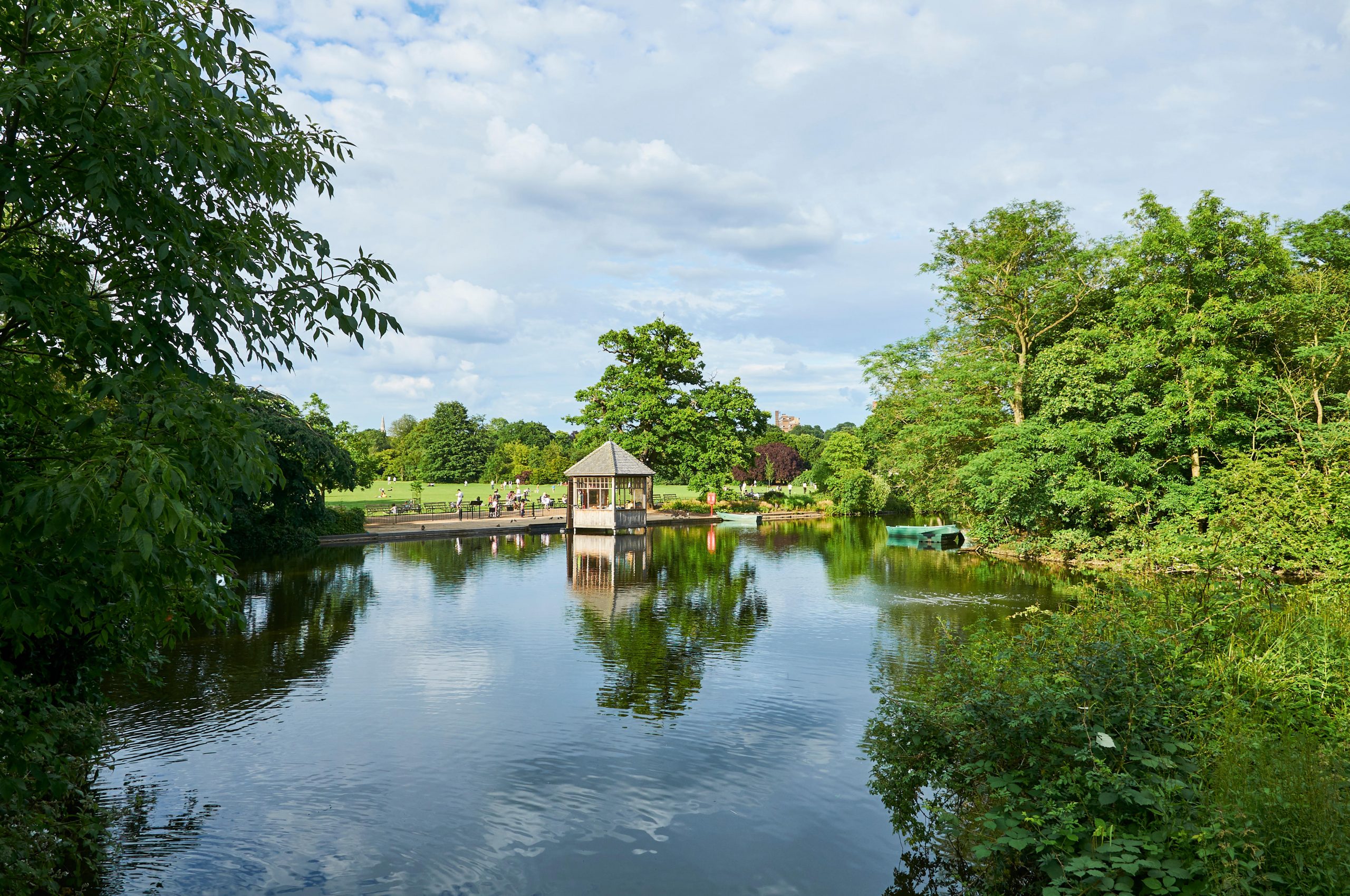

Green is Dulwich’s colour. The line of soaring trees and trimmed hedges along Red Post Hill hints to Dulwich Park’s manicured lawns and ancient oaks, Brockwell’s cricket pitch, Long Meadow’s black poplars and Belair Park’s weeping willows, their branches tickling the surface of the lake.
‘The leafiness of Dulwich is, to me, its greatest charm,’ Arthur Oswald wrote in COUNTRY LIFE in 1962. Fifty-nine years on, this slice of English Arcadia hidden in south-east London endures.
‘Dulwich is one of London’s greatest surprises,’ agrees Jennifer Scott, director of the Dulwich Picture Gallery. ‘It’s remarkable that 30 minutes from Victoria you are in the most quintessential English village. Even for those who know it well, it still catches us by surprise.’
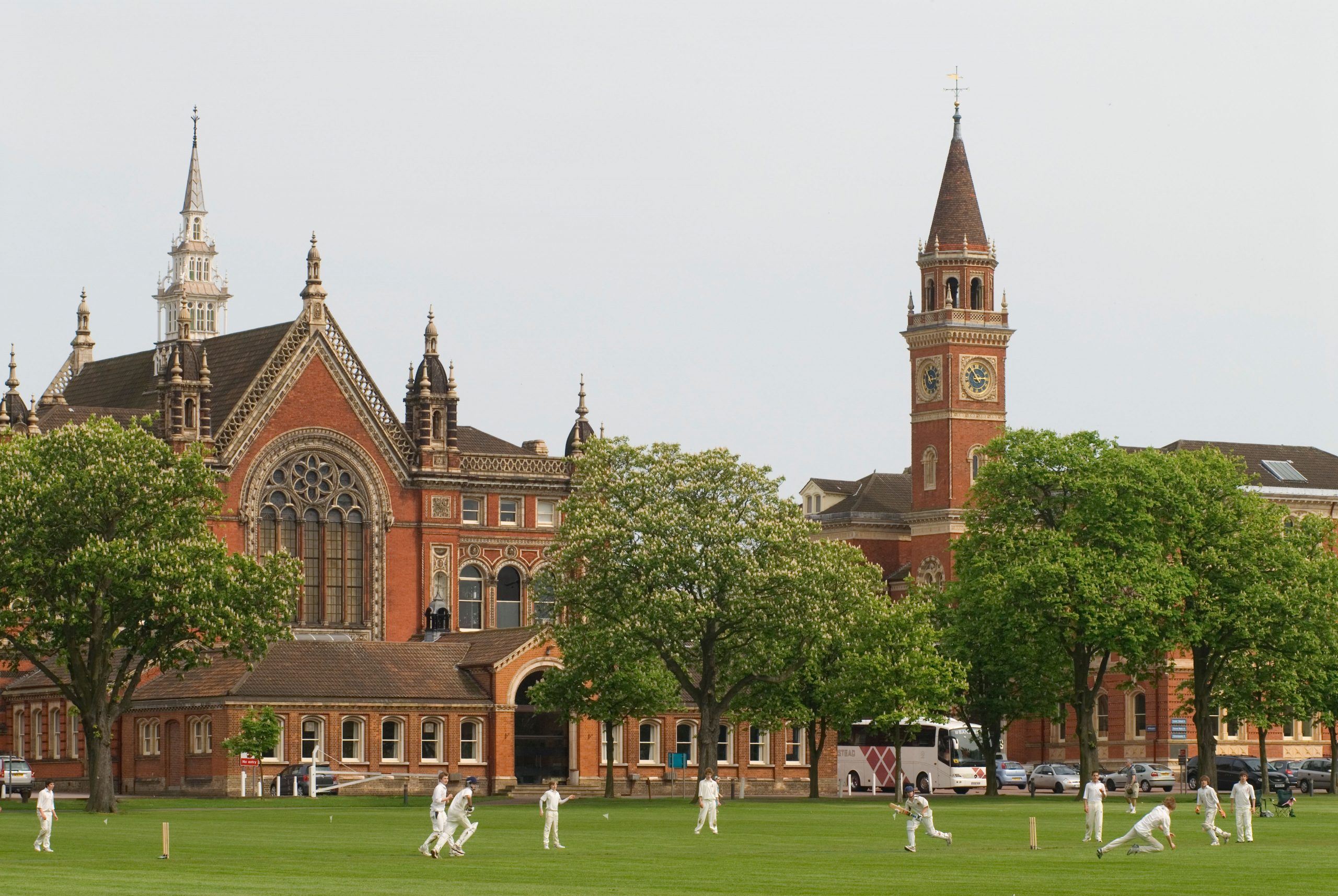
First mentioned in 967, the hamlet belonged for a long time to the priory at Bermondsey, but was sold off after the Dissolution. ‘For about 60 years, it was in the hands of a family of goldsmiths, the Caltons, then, in 1605, it was bought by a prominent actor called Edward Alleyn,’ says local historian Brian Green.
A ‘big wheel in theatre’ who managed the Rose Theatre, built the Fortune and became Master of the King’s Bulls, Bears and Mastiff Dogs, he probably bought the manor of Dulwich as an investment. In 1613, however, he turned into a philanthropist, setting up a charitable institution to provide for six old men and six old women and educate 12 poor scholars.
Four centuries later, the Edward Alleyn House (albeit rebuilt) still accommodates elderly, low-income people in 14 flats and the Corporation of God’s Gift College has morphed into Dulwich College and Alleyn’s School, with James Allen Girls’ School appearing in 1741.
It helped that London’s growth multiplied the value of the Alleyn estate in Georgian times, when Dulwich’s green expanses attracted wealthy residents.
Sign up for the Country Life Newsletter
Exquisite houses, the beauty of Nature, and how to get the most from your life, straight to your inbox.
Initially, ‘the staff was very keen they would still have only 12 pupils—the surplus money was distributed among them. However, there was a heck of a row in the middle of the 19th century, the whole thing was reformed by Act of Parliament and that’s when the schools really took off’. One of the most celebrated pupils was P. G. Wodehouse, who recalled his time at Dulwich College as ‘six years of unbroken bliss’.
Today, the schools not only dominate the skyline — particularly Dulwich College, with its stately red-brick building punctuated by slim towers — but also play an active role in the local community, opening their sports facilities to the public and running free Saturday schools.
They have also been joined by a crop of well-regarded state schools, such as Kings- dale: ‘I haven’t ever worked it out, but would think in the Dulwich area there are more schools per square foot than anywhere else,’ notes Mr Green.
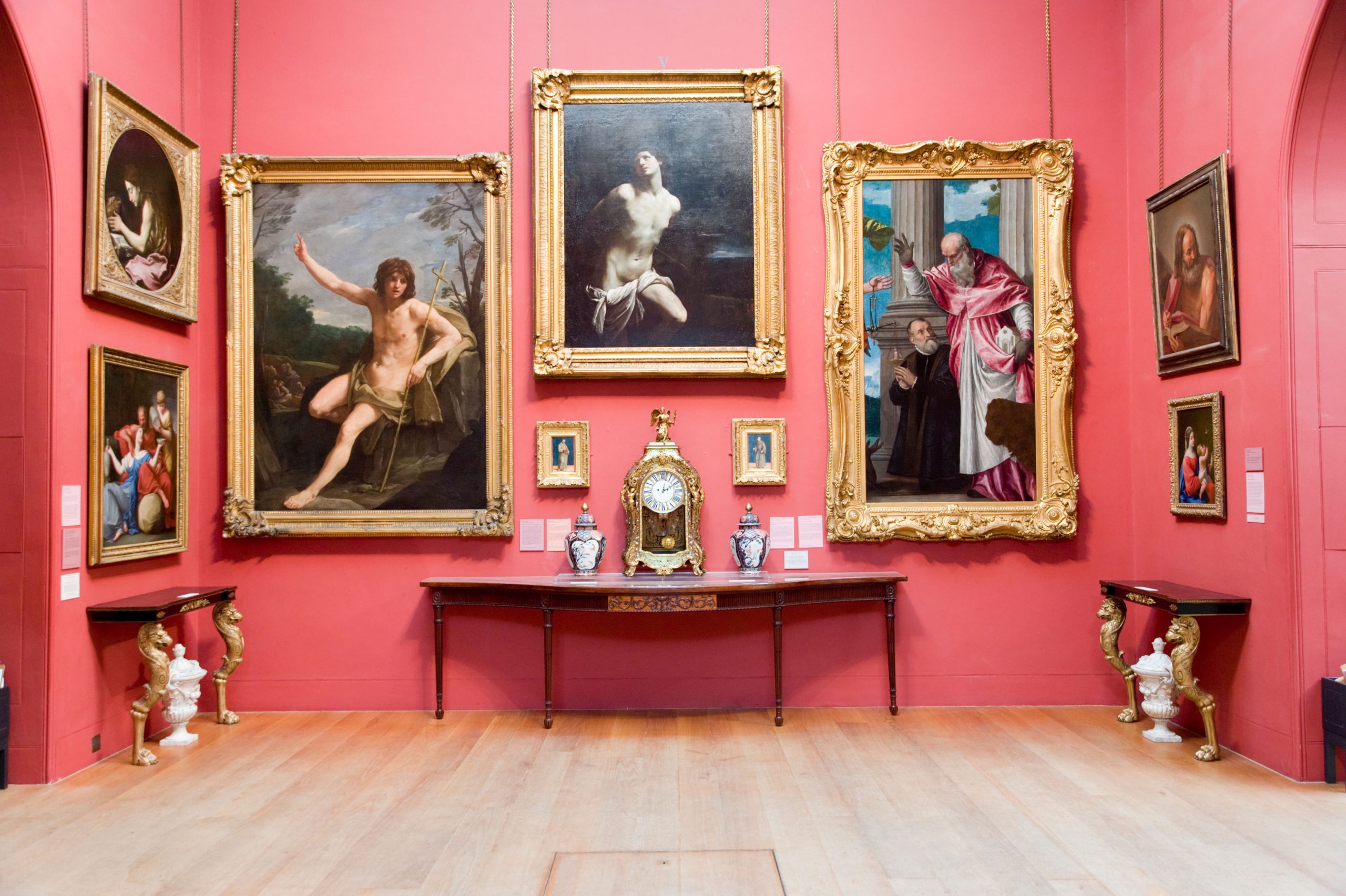
With the Georgians also came another landmark: the Dulwich Picture Gallery. Opened in 1817, it was the world’s first public gallery to be built for the specific purpose of housing an art collection. Curiously, its history began in Poland: in 1790, the Polish king, Stanislaw II Augustus, commissioned art dealers Noël Desenfans and Francis Bourgeois to assemble an art collection, but was deposed before he had paid.
Suddenly, ‘the most incredible array of Western art’ had no home, explains Miss Scott. ‘The dealers offered it to the British government — which declined.’
But Desenfans and Bourgeois knew that Alleyn had left a collection of hangings and pictures to Dulwich College, so ‘it struck them that it might make sense to extend it and create a gallery. Sir John Soane — a friend of the pair — was drafted in to design the building and he devised the ideal conditions to view art, as well as adding an atmospheric mausoleum for Bourgeois, Desenfans and Desenfans’ wife, Margaret.
‘It’s a single-storey building and light [now augmented with LED lighting] streams down from above. In the mausoleum, the windows have yellow and orange glass and when the sun hits, the light is strange and ethereal,’ says Miss Scott.
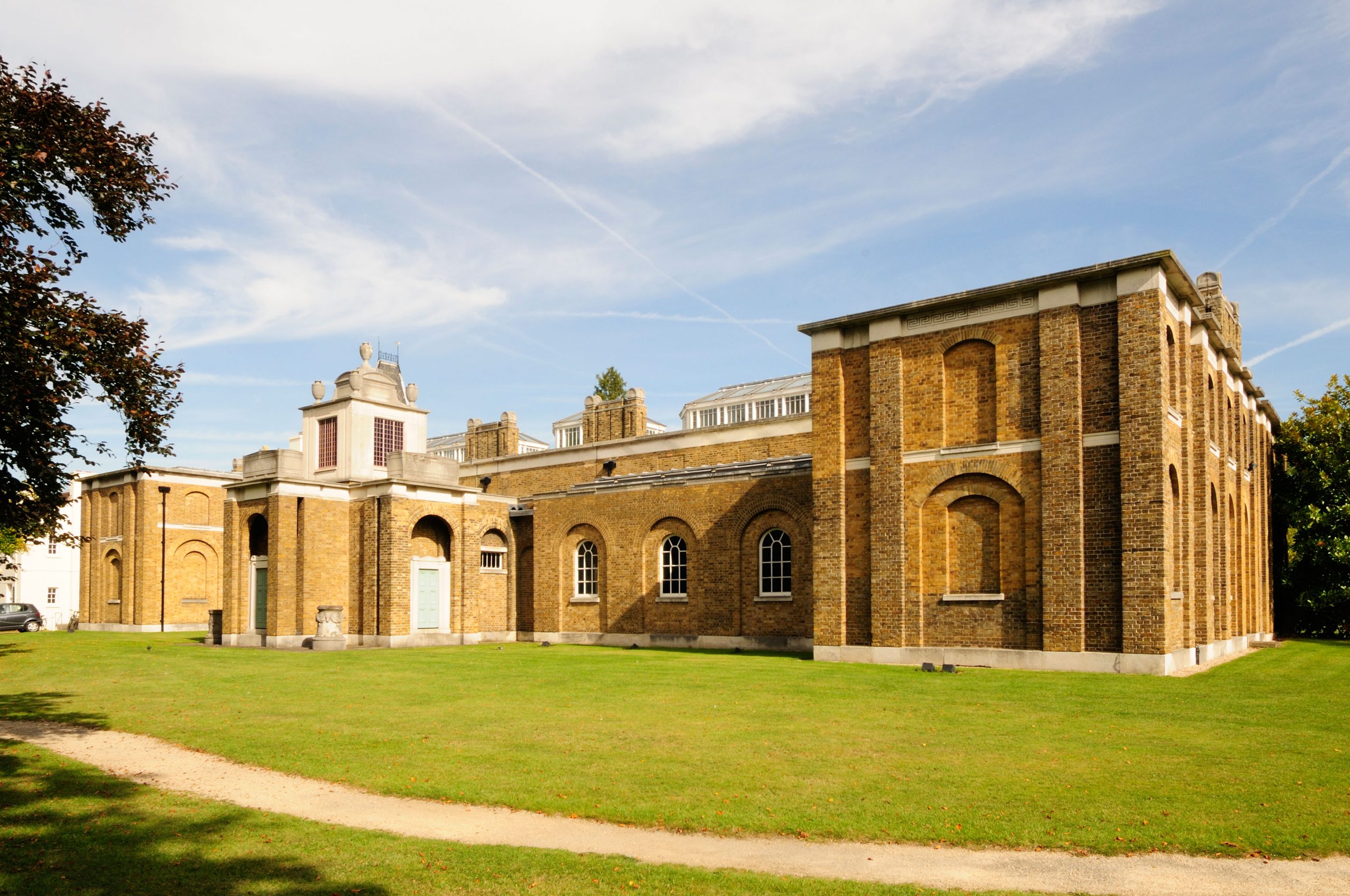
‘The architecture is a work of art in its own right: you experience Soane’s genius.’ The collection does justice to its setting, with masterpieces including Rembrandt’s Girl at a window, which Miss Scott calls ‘the Mona Lisa of London.’
During the pandemic, the gallery kept its gardens open to offer respite to locals and, as it prepared to reopen, the staff found some new visitors: ‘We noticed the ducks from Dulwich Park were coming more and more into our garden; one day they waddled up the path towards the front door as if queueing up.’
The greenery that attracted the ducks (and, earlier, the Georgians) was also a lure for the Victorians, drawing industrialists such as John Lawson Johnston, the inventor of Bovril, and James Crossley Eno, whose ‘fruit salt’ is still manufactured by GlaxoSmithKline.
Further bouts of development took place in the 20th century, but it was always done sensibly and, as Sheila Harrington, founder of local marshmallow company La Maison Guimauve, puts it, Dulwich has preserved its ‘lovely villagey feel’ to this day.
‘It’s not only picturesque, but also includes some really exciting parts,’ says Miss Scott, who points to East Dulwich’s Lordship Lane for inspiring restaurants and art galleries. Dulwich Picture Gallery contributes to create a vibrant atmosphere with a rich programme of exhibitions, including Nature-photography show ‘Unearthed: Photography’s Roots’ (to August 30) and, in autumn, a Helen Frankenthaler special.
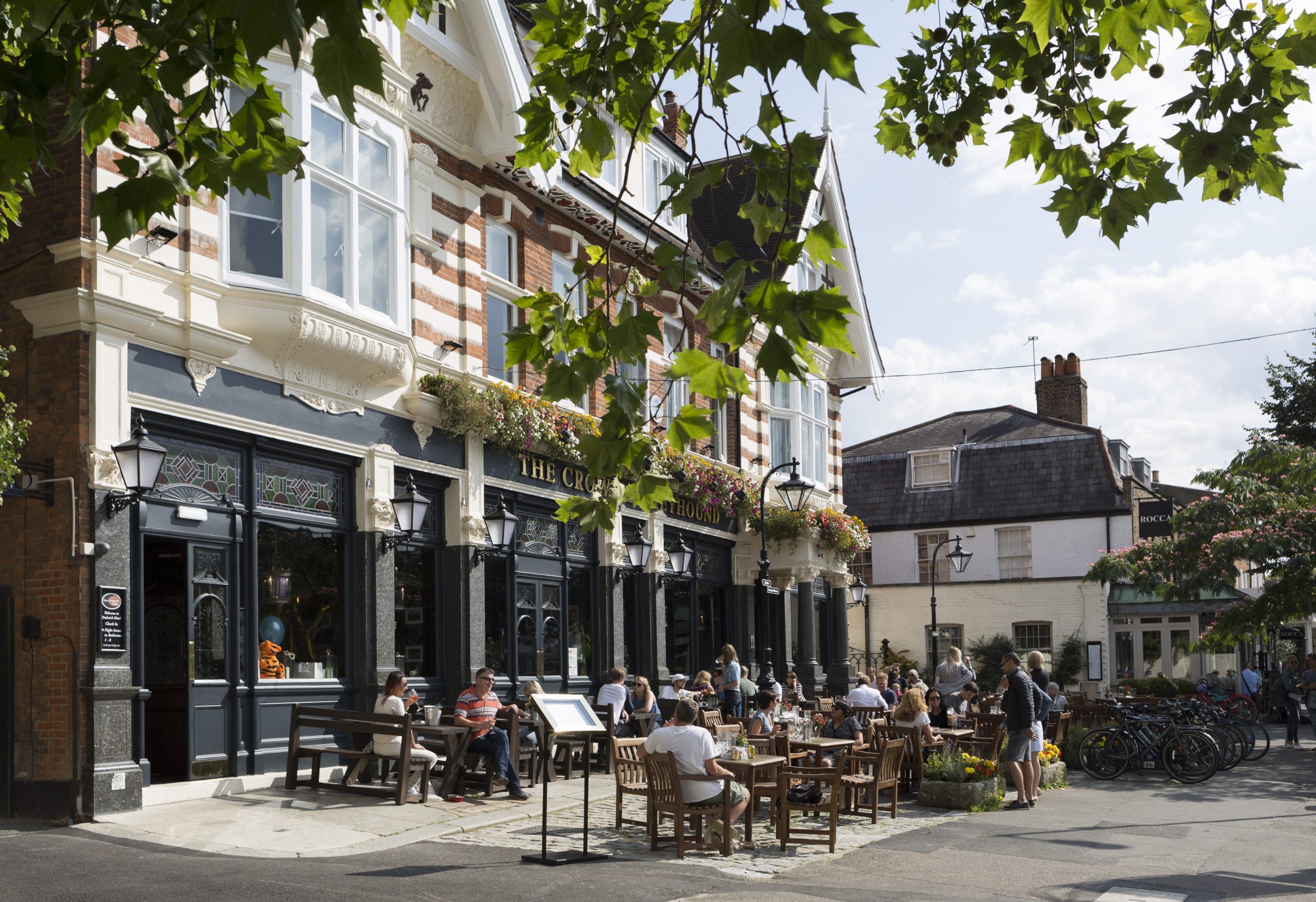
The area is also home to a groundbreaking personal-art gallery: Stephen Wright’s House of Dreams.
After a career designing ephemeral textile, fashion and stationery products, Mr Wright was inspired by outsider art to give found objects new life as art installations at his East Dulwich house, which he first opened to the public about 10 years ago.
‘I wanted to do something lasting and produce a legacy for future generations.’ The house became both a ‘vehicle for healing’, after he lost his parents and his then partner two years into the project, and a way to make use of the many finds he collects on his travels.
‘I look for things that are imperfect, marked, stained or have a history. I give them a home and make something out of them.’ His work draws visitors from across the world, but also resonates with the local community: ‘People deliver things here very often. I can’t use every- thing, but I love the support I receive.’
Mr Wright has bequeathed the House of Dreams to the National Trust, so Dulwich’s latest museum can look forward to lasting as long as its first one.
The places you need to know in Dulwich
Dulwich Picture Gallery cafe and shop, College Road, SE21 Expect great coffee and delicious lunches, plus a shop featuring artist-made projects
Bartleys Flowers, 82, Dulwich Village, SE21 A good selection of both plants and flowers
Moxon’s, 149, Lordship Lane, SE22 Fresh fish meets salmon and kippers smoked at the company’s own smokehouse The Dulwich Trader, 9–11, Croxted Rd, SE21 A lifestyle store with a large selection of gifts and furniture
Just Williams Toys, 106, Grove Vale, SE22 A family-run toy shop beloved by children
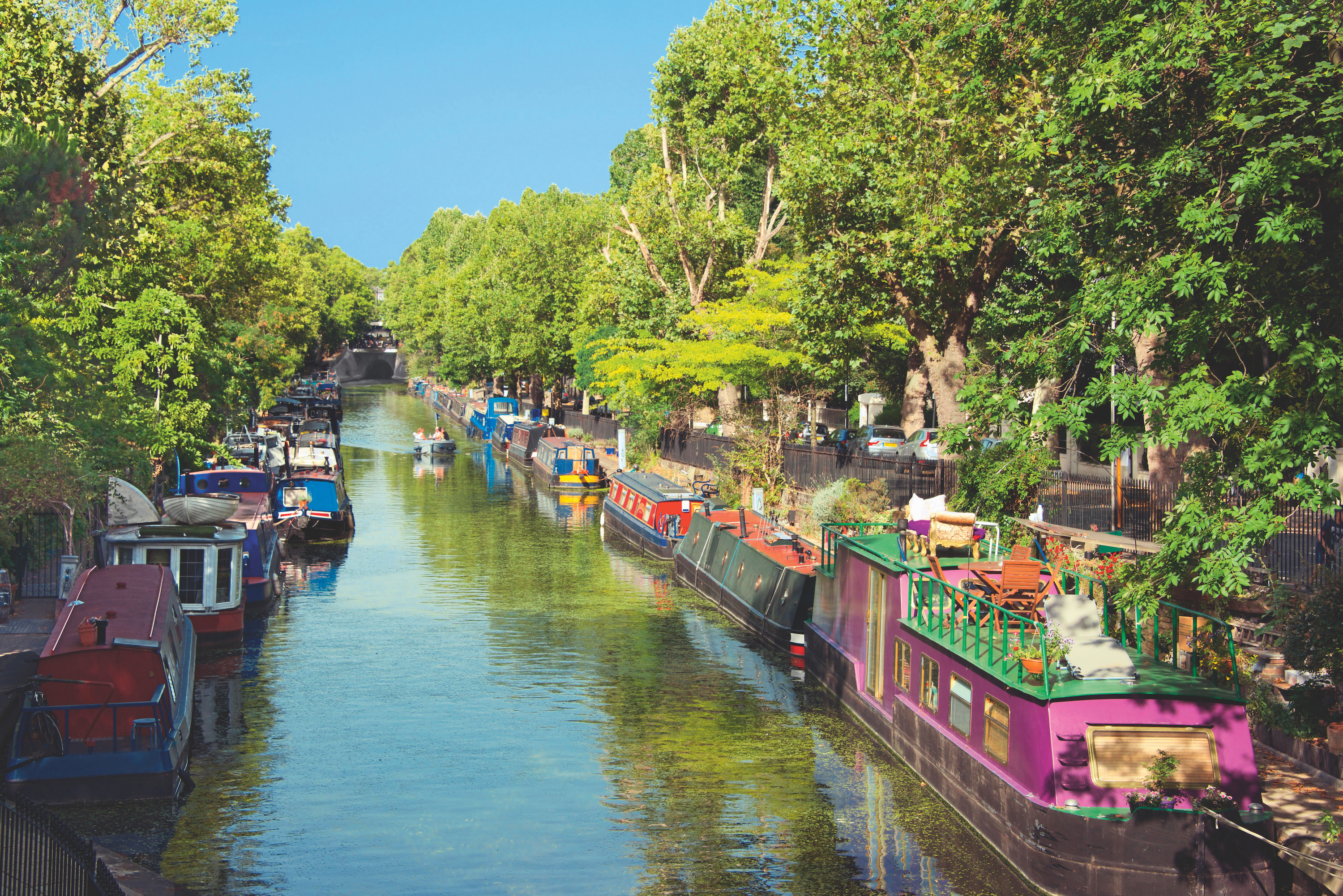
How Maida Vale turned from boudoir village to one of London's most vibrant neighbourhoods
Maida Vale took its name from a small Italian town and an even smaller pub, so it’s the perfect place
Carla must be the only Italian that finds the English weather more congenial than her native country’s sunshine. An antique herself, she became Country Life’s Arts & Antiques editor in 2023 having previously covered, as a freelance journalist, heritage, conservation, history and property stories, for which she won a couple of awards. Her musical taste has never evolved past Puccini and she spends most of her time immersed in any century before the 20th.
-
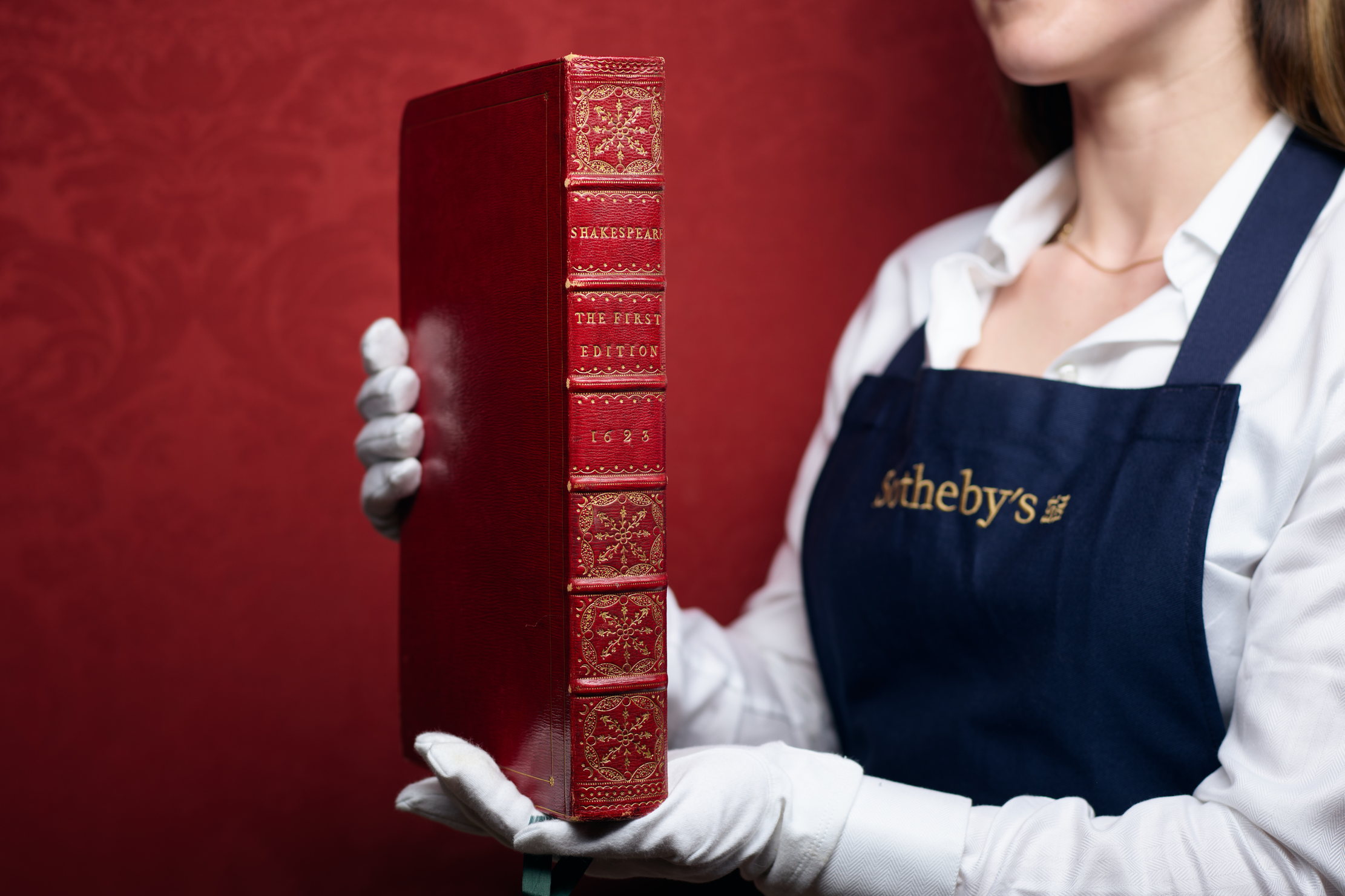 Folio, Folio, wherefore art thou Folio? Shakespeare set to be auctioned by Sotheby's
Folio, Folio, wherefore art thou Folio? Shakespeare set to be auctioned by Sotheby'sFour Folios will be auctioned in London on May 23, with an estimate of £3.5–£4.5 million for 'the most significant publication in the history of English literature'.
By Lotte Brundle Published
-
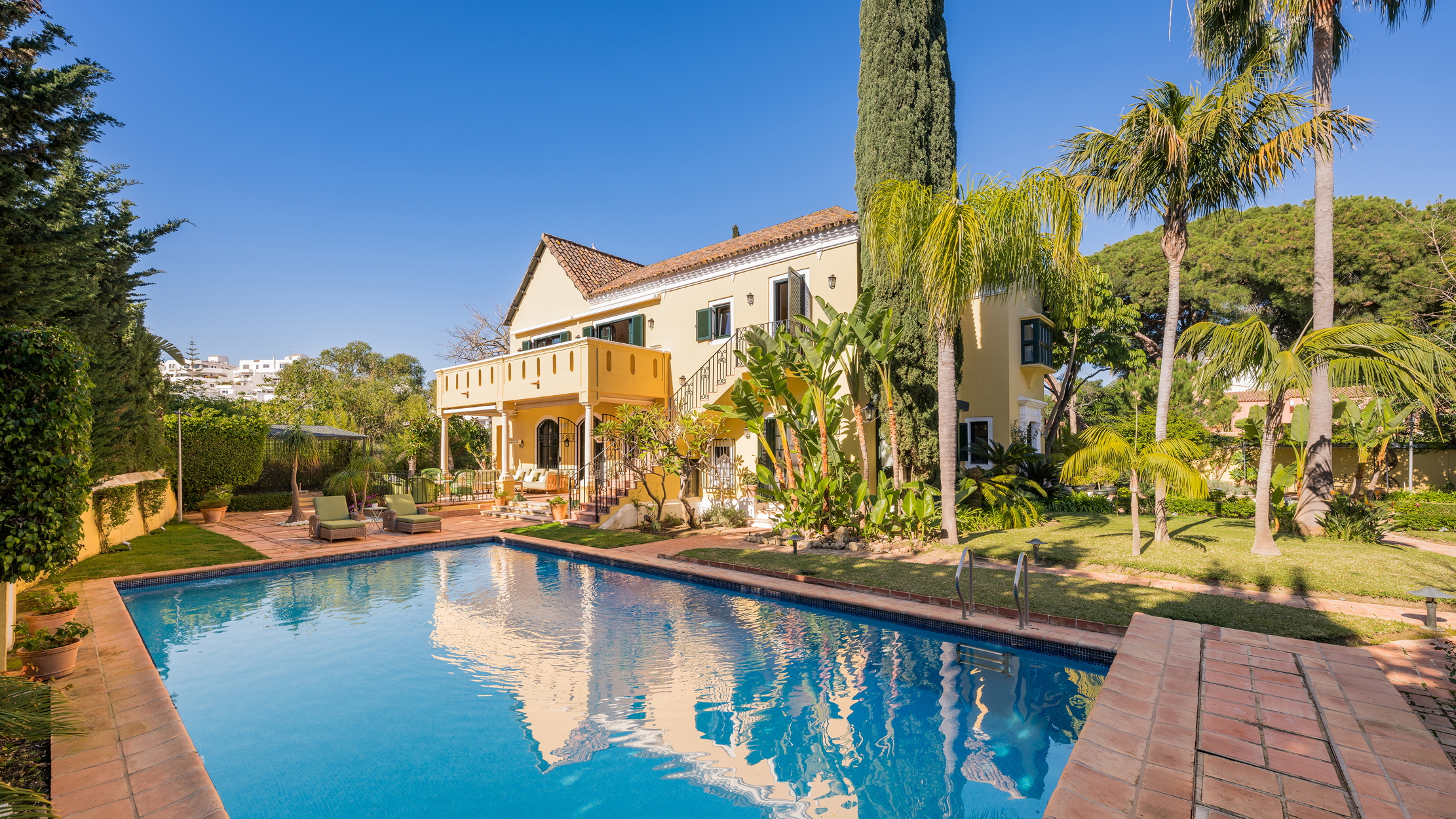 Damon Hill's former home in Marbella is the perfect place to slow down
Damon Hill's former home in Marbella is the perfect place to slow downThe glorious Andalusian-style villa is found within the Lomas de Marbella Club and just a short walk from the beach.
By James Fisher Published
-
 Damon Hill's former home in Marbella is the perfect place to slow down
Damon Hill's former home in Marbella is the perfect place to slow downThe glorious Andalusian-style villa is found within the Lomas de Marbella Club and just a short walk from the beach.
By James Fisher Published
-
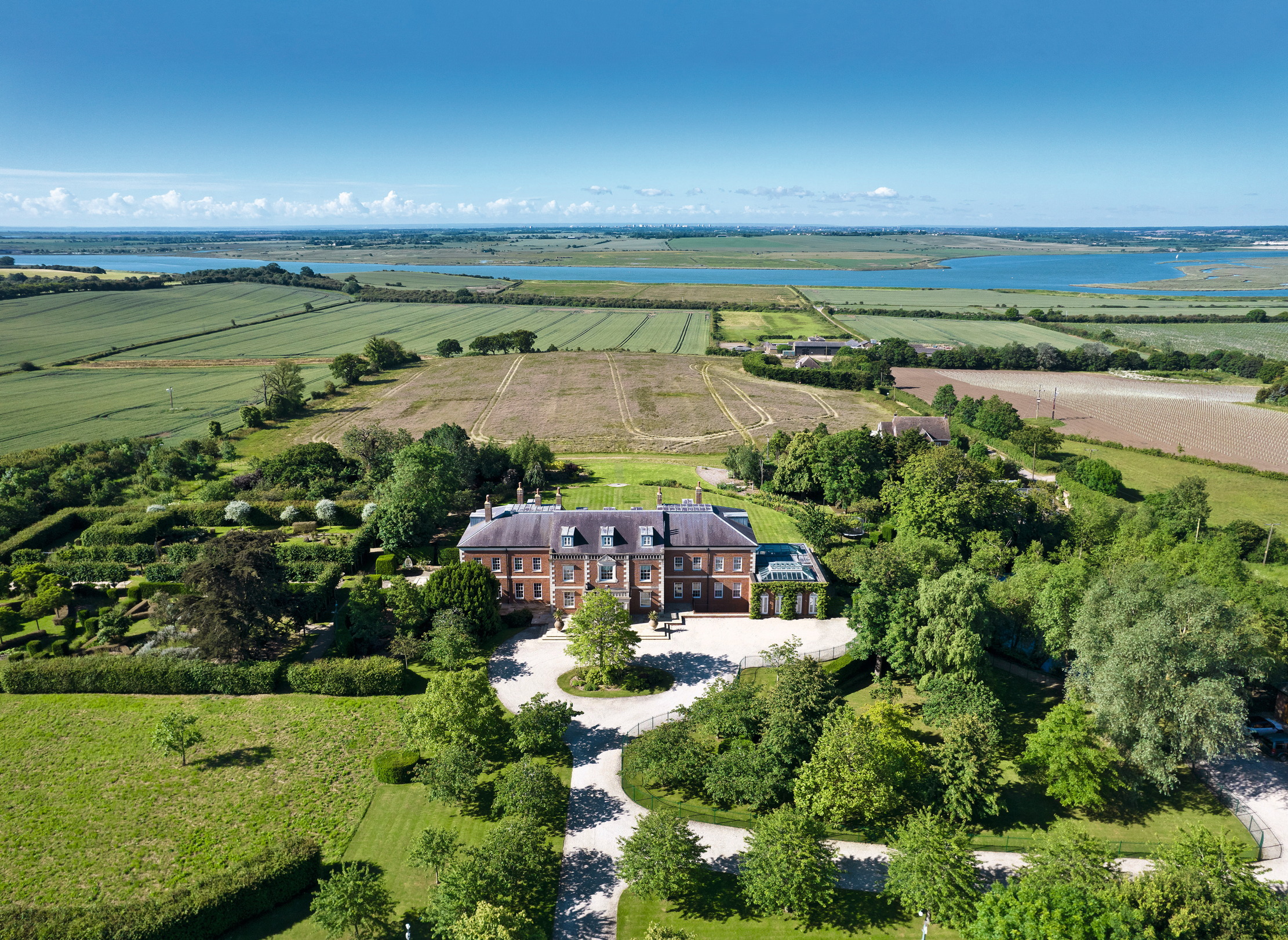 A 327-acre estate in the heart of 'England’s Côte d’Or', with a 26,000sq ft Georgian style home at its heart
A 327-acre estate in the heart of 'England’s Côte d’Or', with a 26,000sq ft Georgian style home at its heartStokes Hall in the Crouch Valley is an inspiring property looking for a new owner.
By Penny Churchill Published
-
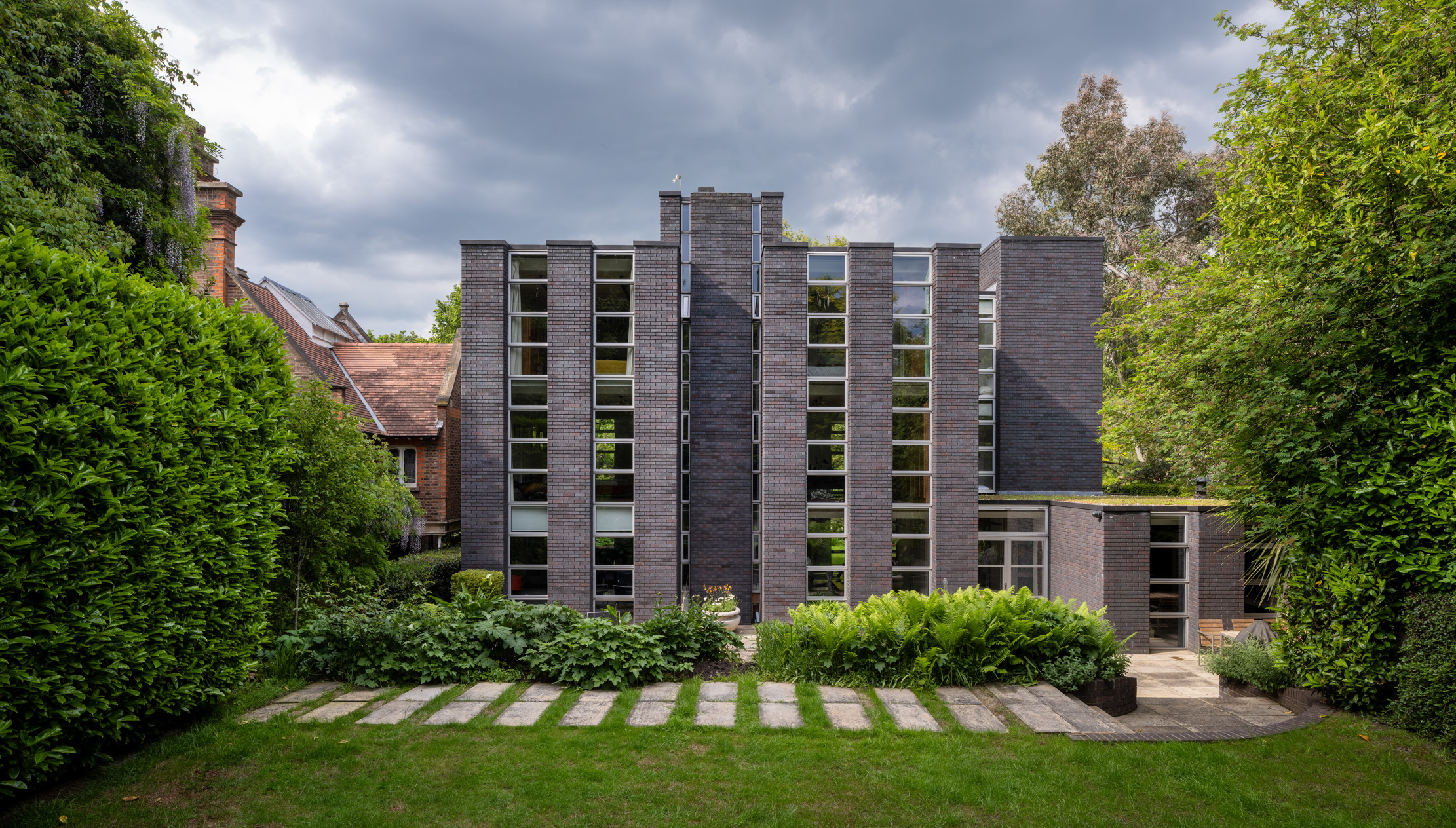 Schreiber House, 'the most significant London townhouse of the second half of the 20th century', is up for sale
Schreiber House, 'the most significant London townhouse of the second half of the 20th century', is up for saleThe five-bedroom Modernist masterpiece sits on the edge of Hampstead Heath.
By Lotte Brundle Published
-
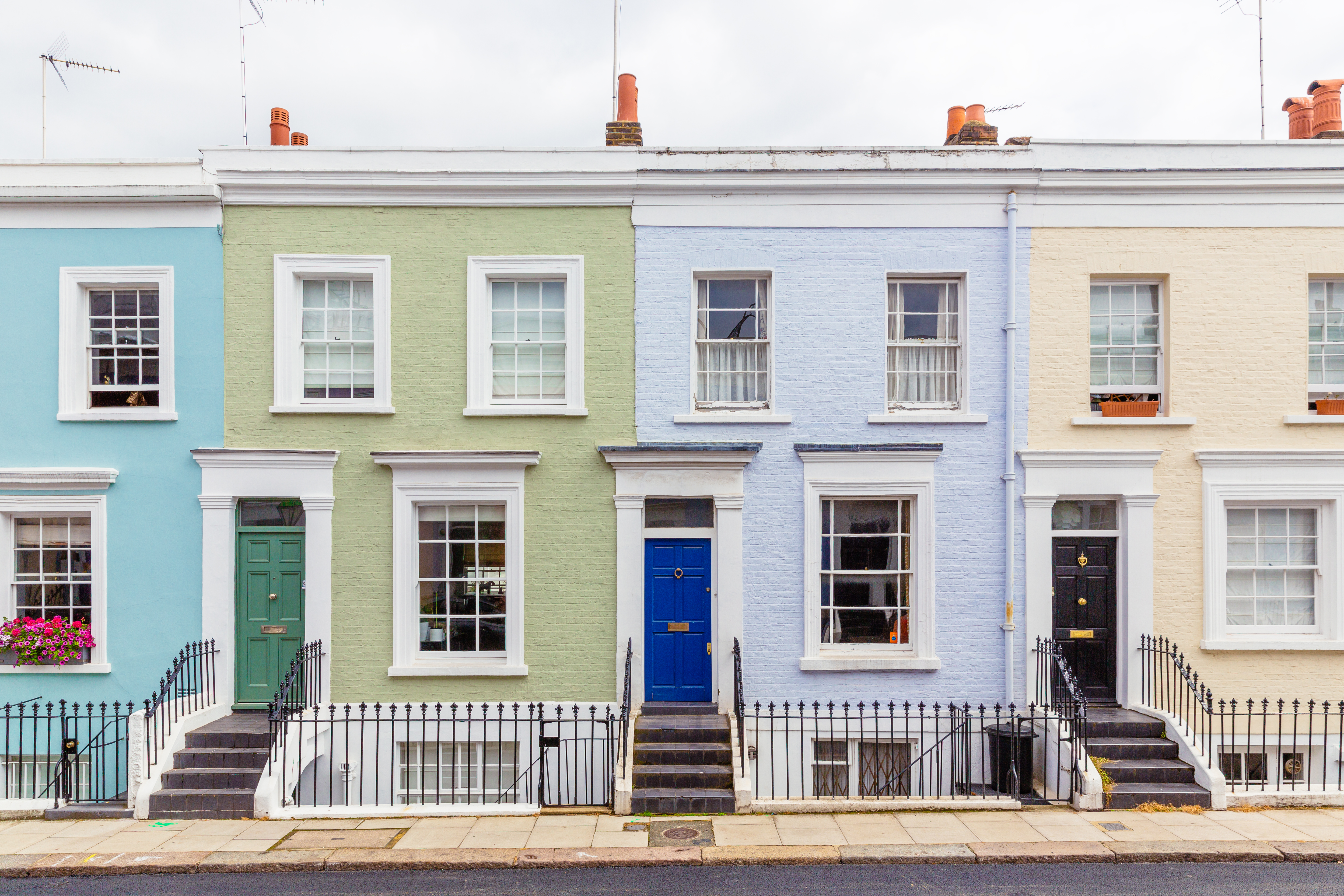 Is the 'race for space' officially over?
Is the 'race for space' officially over?During the lockdowns, many thought the countryside was the place to be. It seems many are now changing their minds.
By Annabel Dixon Last updated
-
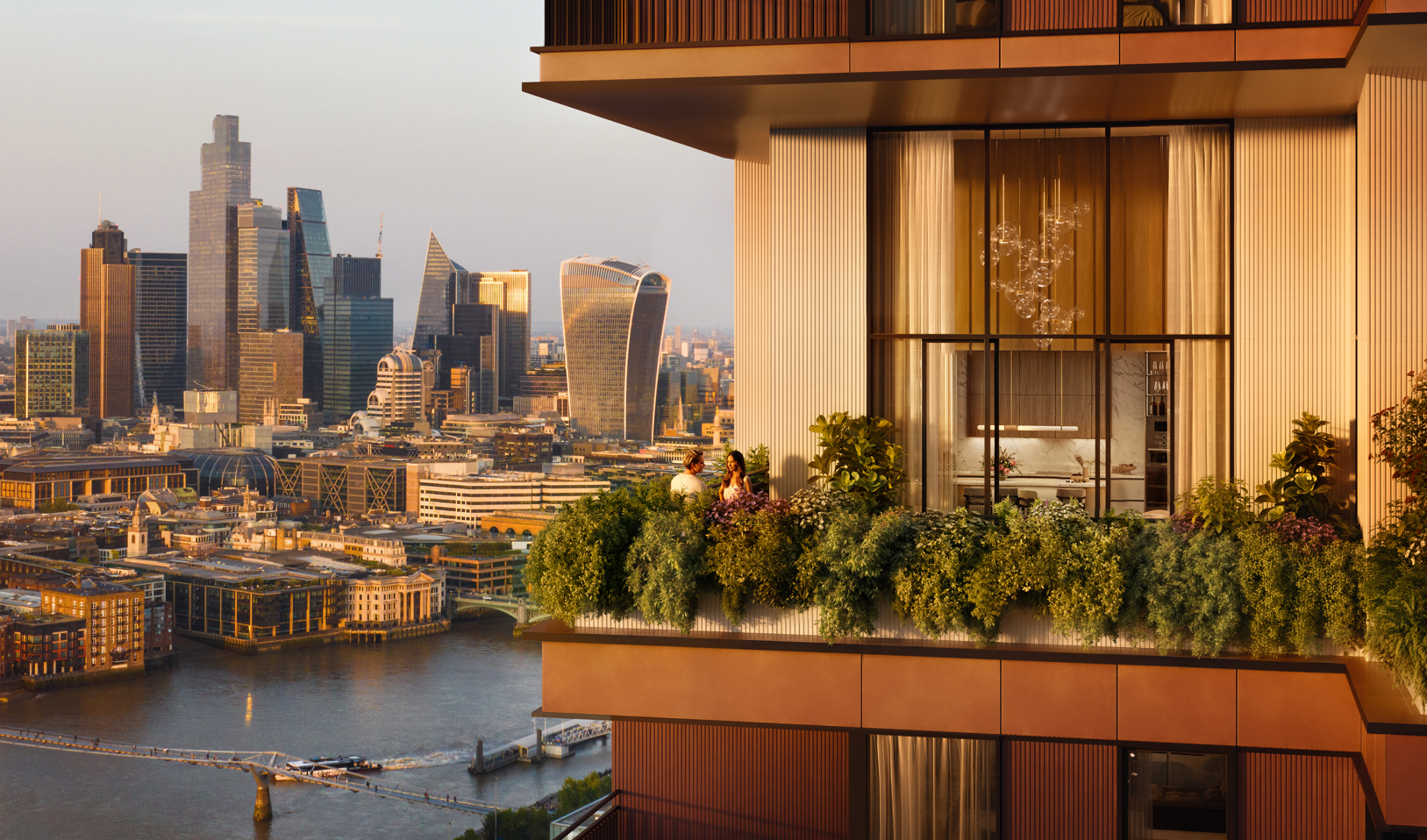 What's a 'wellness village' and will it tempt you back into the office?
What's a 'wellness village' and will it tempt you back into the office?The team behind London's first mixed-use ‘wellness village’ says it has the magic formula for tempting workers back into offices.
By Annunciata Elwes Published
-
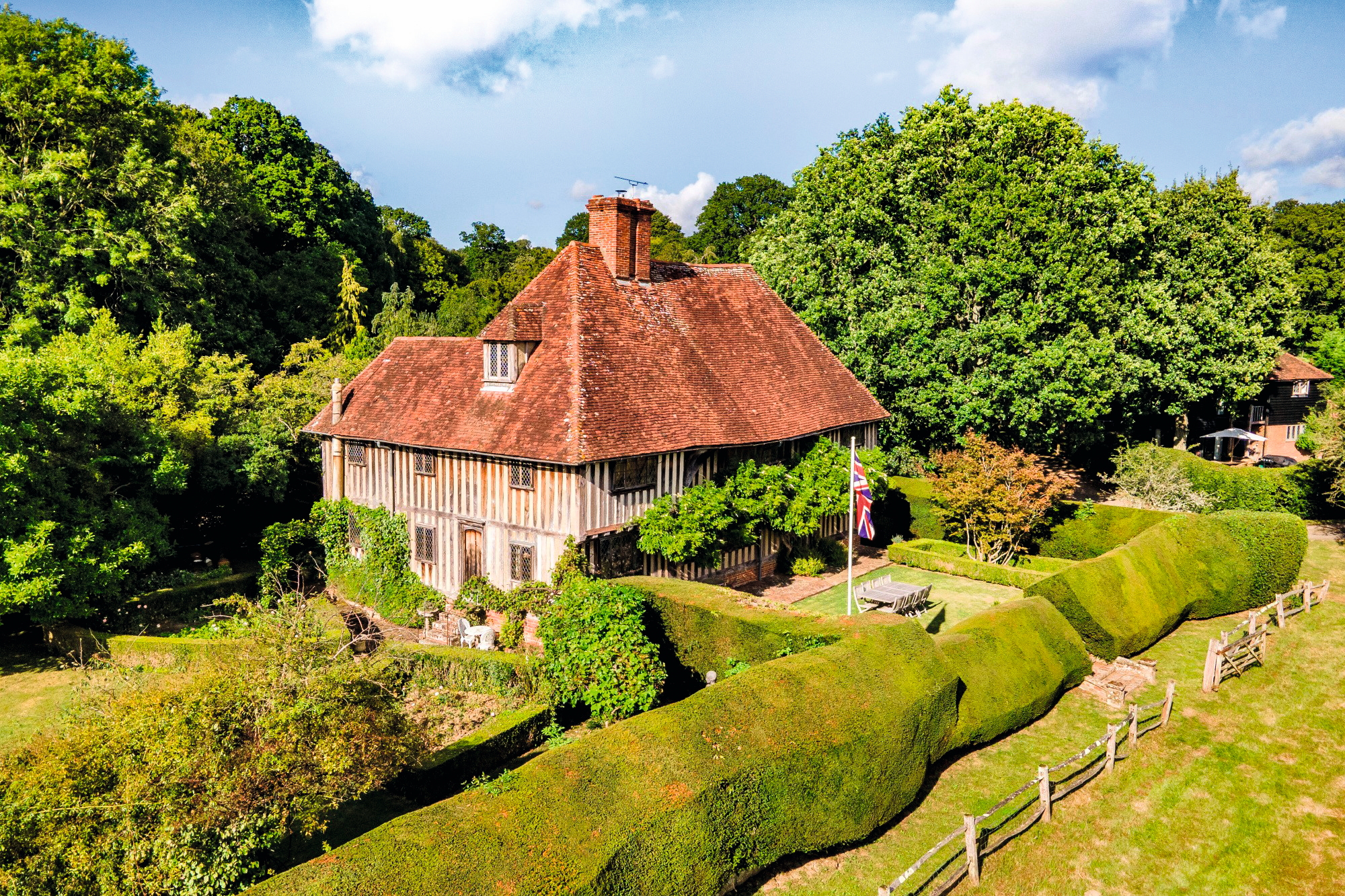 A mini estate in Kent that's so lovely it once featured in Simon Schama's 'History of Britain'
A mini estate in Kent that's so lovely it once featured in Simon Schama's 'History of Britain'The Paper Mill estate is a picture-postcard in the Garden of England.
By Penny Churchill Published
-
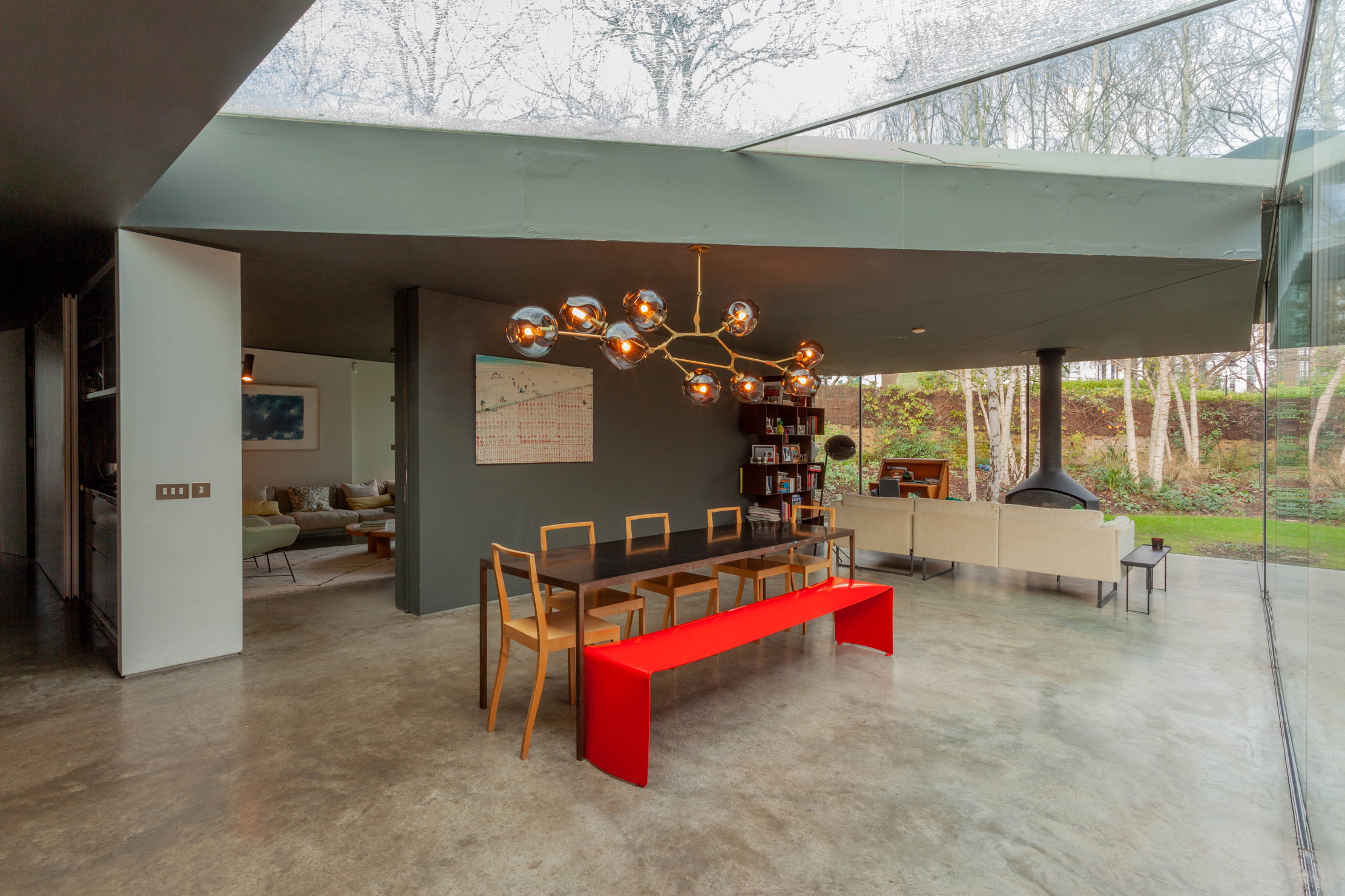 Hidden excellence in a £7.5 million north London home
Hidden excellence in a £7.5 million north London homeBehind the traditional façades of Provost Road, you will find something very special.
By James Fisher Published
-
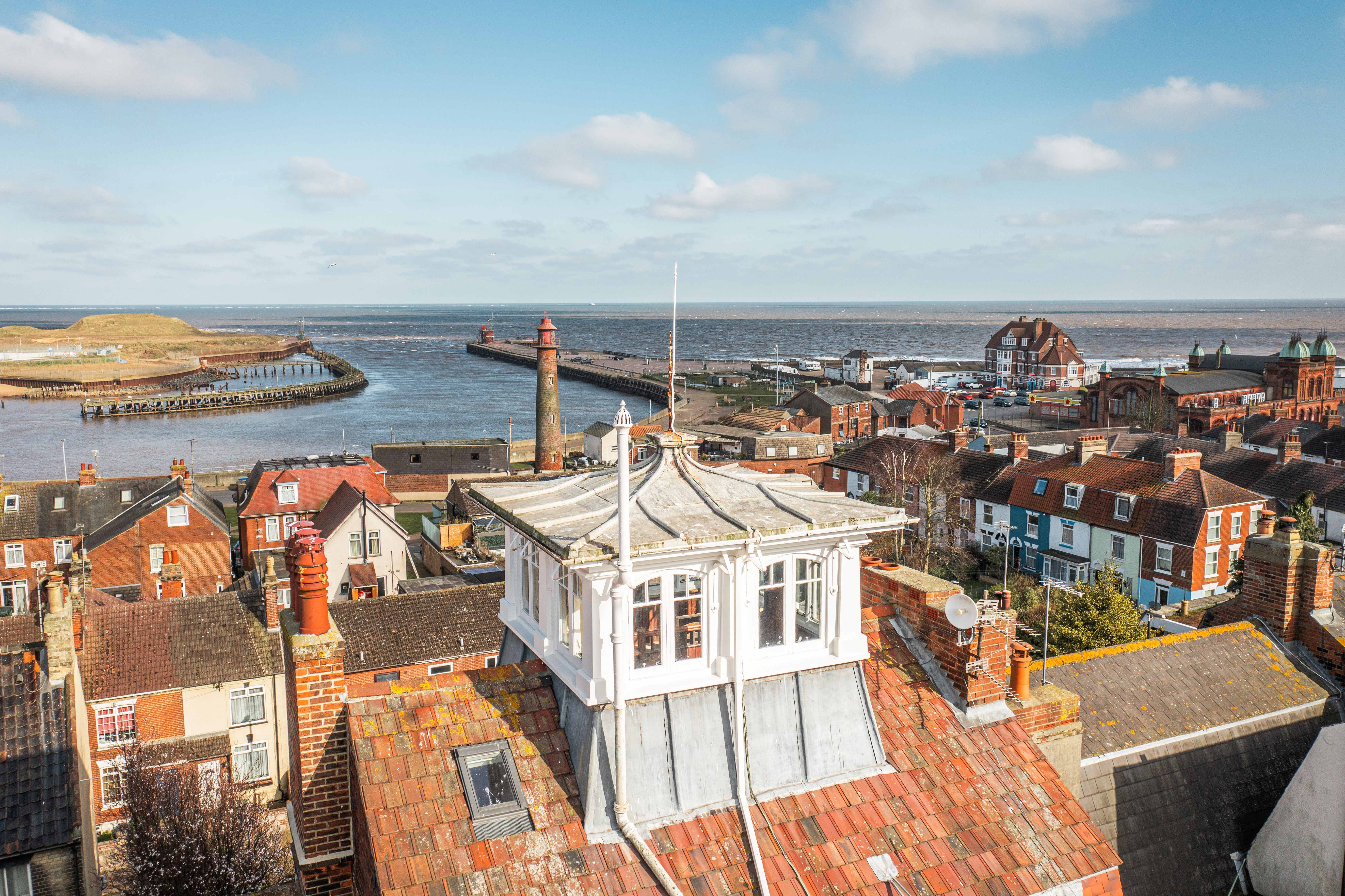 Sip tea and laugh at your neighbours in this seaside Norfolk home with a watchtower
Sip tea and laugh at your neighbours in this seaside Norfolk home with a watchtowerOn Cliff Hill in Gorleston, one home is taller than all the others. It could be yours.
By James Fisher Published
